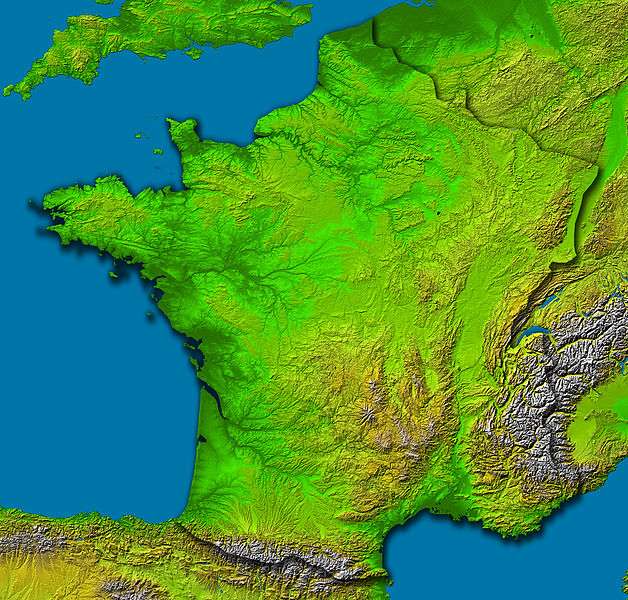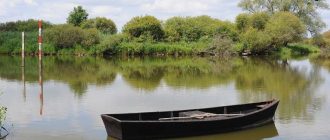Are you going on holiday to France? Perhaps you’d like to know a little about the geography of France? On this page we’ve put together all the useful facts about the geography of France
Physical Geography of France
The total surface area of Mainland France 551,000 km² making it the third largest country in Europe after Russia and the Ukraine. France is shaped roughly like a hexagon and has borders with seven countries. France has borders with Spain and the tiny state of Andorra on the south west while on the south east of France lies the border with Italy. To the east of France is the border with Switzerland while the north east of France has borders with Germany, Luxemburg and Belgium. Many of France’s borders are mountainous including both its southern borders with Spain and Italy where the Pyrenees and Alps are located respectively. The borders in the north east of France are, by contrast, flat which has caused problems with invasions from neighbouring countries throughout history.
Coastline geography of France
France has a long and extensive coastline consisting of 3,200 km. The coastal geography of France varies remarkably depending on the region of France, as does the climate in France. In the north of France the beaches of Normandy are separated by extensive white chalk cliffs. The western coast of France consists mainly of fine and sandy beaches while the coastline looking onto the Mediterranean in the south is rockier.
River Geography of France
Mainland France is drained by five major river systems. The River Loire, which is the longest river in France, runs for a total of 1020km from the Massif Central in the heart of France to the Atlantic Ocean. The River Seine, which runs from Burgundy to the English Channel and passes through Paris, is 775 km long. The River Rhone links the Alps and Lake Geneva with the Mediterranean running through south west France. The Rhine forms a natural border for 200km along the north west of France and empties into the North Sea. The River Rhine and its smaller tributaries are responsible for draining much of north eastern France.





